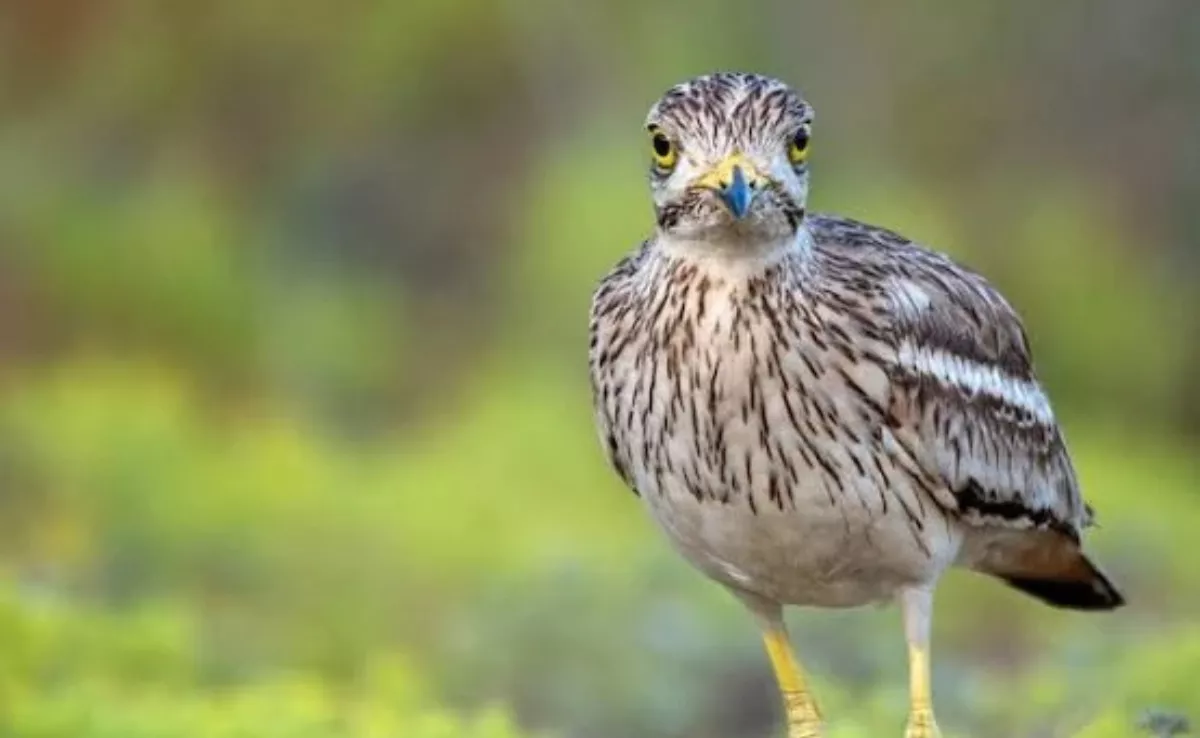
The project to build a solar drying plant for sludge at the Tenerife Environmental Complex does not include an assessment of the impact it may have on protected birds, despite being located within an area recognised as a priority for threatened species. This is noted in the environmental assessment report approved on 23 January 2025 by the Tenerife Environmental Evaluation Committee (CEAT).
One of the key elements of the project is the construction of a new high voltage electrical line to supply power to the plant. However, the report acknowledges that “it is not defined whether the route of this line will be underground or overhead” and that this aspect, essential from an environmental standpoint, has not been evaluated in the impact analysis.
The selected area for the installation is located within area No. 21 “Laderas de Granadilla-Arico”, classified as a priority for the conservation of birds by the Order of 15 May 2015 from the Government of the Canary Islands. The environmental document confirms this location: “The project is located within area No. 21 Laderas de Granadilla-Arico identified in the Order of 15 May 2015, which delineates the priority areas for reproduction, foraging, dispersal, and concentration of threatened avifauna species in the Autonomous Community of the Canary Islands.”
According to the aforementioned order, species such as the osprey (Pandion haliaetus), the stone curlew (Burhinus oedicnemus distinctus), the trumpet finch (Bucanetes githagineus amantum), the common kestrel (Falco tinnunculus canariensis), and the common owl (Tyto alba gracilirostris) inhabit this area, all of which are protected by regional legislation. The CEAT admits that this omission poses an unassessed risk and notes that “if this overhead line is eventually developed, impacts on avifauna that have not been considered by the environmental document could arise.”
The project proposes the construction of a facility capable of treating up to 10,000 tonnes of sludge per year from wastewater treatment plants. These waste materials, with a high moisture content, generate high transport and disposal costs, as well as emissions and leachate. To reduce these impacts, the Cabildo promotes a thermal solar drying system using SolarBatch technology. This method involves placing the sludge in closed greenhouses, where solar heat and a forced ventilation system reduce its moisture from 85% to 42%. The sludge is periodically turned over using automated machinery to speed up the drying process.
The facilities will occupy a total area of nearly 6,000 m², consisting of three drying warehouses measuring 104 metres long and 16 metres wide. The declared aim of the Cabildo is to reduce the volume of waste managed at the Tenerife Environmental Complex (CAT) and facilitate compliance with European waste regulations. In December 2023, the integrated environmental authorisation for the complex was amended to allow for the treatment of sludge with less than 65% moisture.
The project underwent a simplified environmental assessment procedure, intended for initiatives with reduced impact, although the volume and nature of the project have raised several institutional warnings. The environmental report was approved by the Environmental Evaluation Committee of the Cabildo of Tenerife on 23 January 2025, concluding that an ordinary impact study will not be necessary if the established conditions are respected.
The area in question is subject to the application of Royal Decree 1432/2008, which requires the prevention of collisions and electrocutions of birds on electrical lines. According to the document, the line needed to connect the plant to the general electrical system has not been defined or traced, and preventive measures have not been included in the project nor has its potential cumulative impact with other infrastructures in the area been assessed.
















